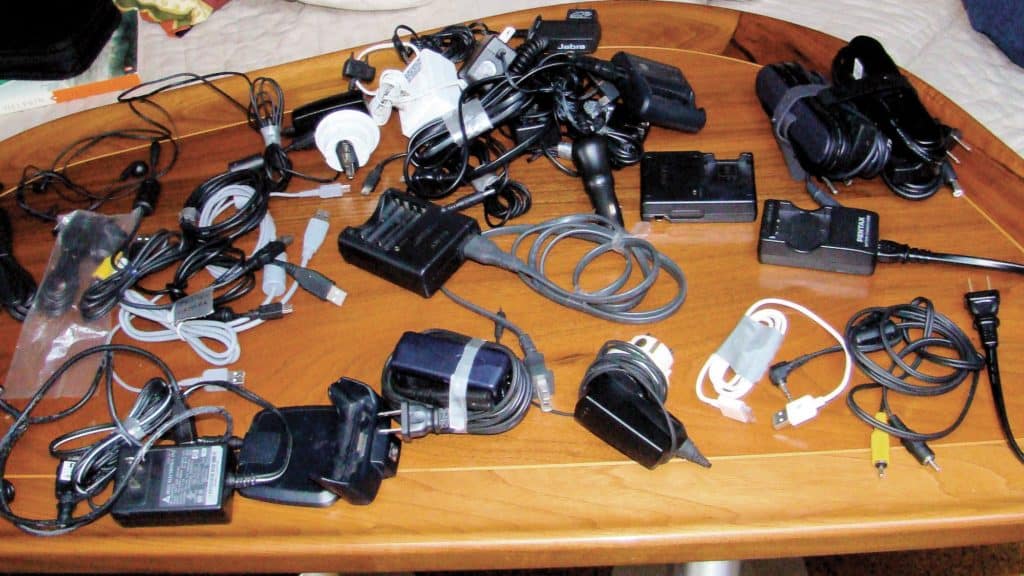
Ever since I was 7 years old, I’ve wanted to circumnavigate, and to do so in the Southern Hemisphere, following the routes of the great clipper ships. No canals, just the great capes!
In 2006, I built a wooden schooner in Lunenburg, Nova Scotia, and took her on her maiden voyage: around the world via the Southern Ocean. It took two years and two months to sail the 38,400 nautical miles back to Lunenburg, sailing together with many different friends for the various passages.
My boat, Maggie B, was designed by eminent nautical architect Nigel Irens to be “fast, safe and comfortable” in the deep south. Most boats that circumnavigate in those waters are race boats that are just designed to be fast. Others are designed more for coastal cruising—and often end up with serious problems when put to the test in the open ocean.
My log from the voyage was detailed both about our experiences at sea in the great passages, as well as the fascinating ports—Buenos Aires, Argentina; Cape Town, South Africa; Hobart, Tasmania; and so on—where we stopped. These stories became the basis for my book, The Schooner Maggie B., a Southern Ocean Circumnavigation (seapointbooks.com).
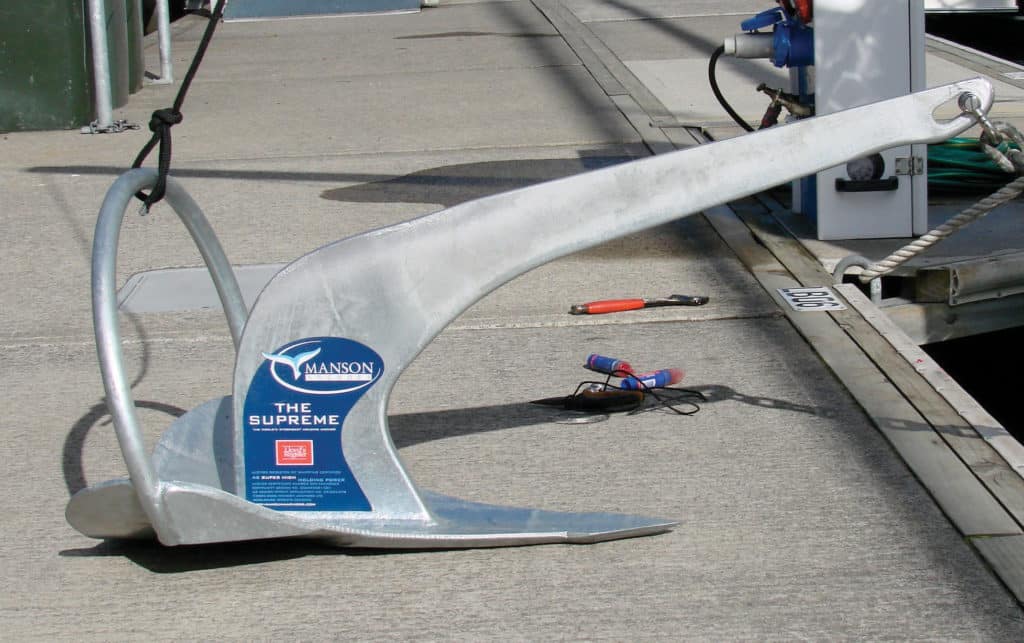
After the trip, I focused on what I learned from the experience. I came up with 13 principles. Left out are obvious points such as “plan ahead” and “don’t sail into hurricanes.” Here’s my list:
1. You need to be a good librarian. Every piece of information that comes aboard with all the different systems should be saved and cataloged. When something broke, we were almost always able to grab the manual for the system and find the answer. Along the same lines, much of our electronic gear (flashlights, VHF radios, etc.) used rechargeable batteries. Every one of them seemed to have a different charger, which needed to be kept track of. So everything was labeled, like “big yellow flashlight.”
2. At sea, there is no such thing as a good new noise. Why is the bilge pump running? (All the fresh water was being pumped out!) Why is the mainsheet block making a funny noise? (It was failing.) On passage, it seems that something is always grinding, rubbing, breaking, chafing or otherwise coming apart. Find it. Fix it. Make it stop.
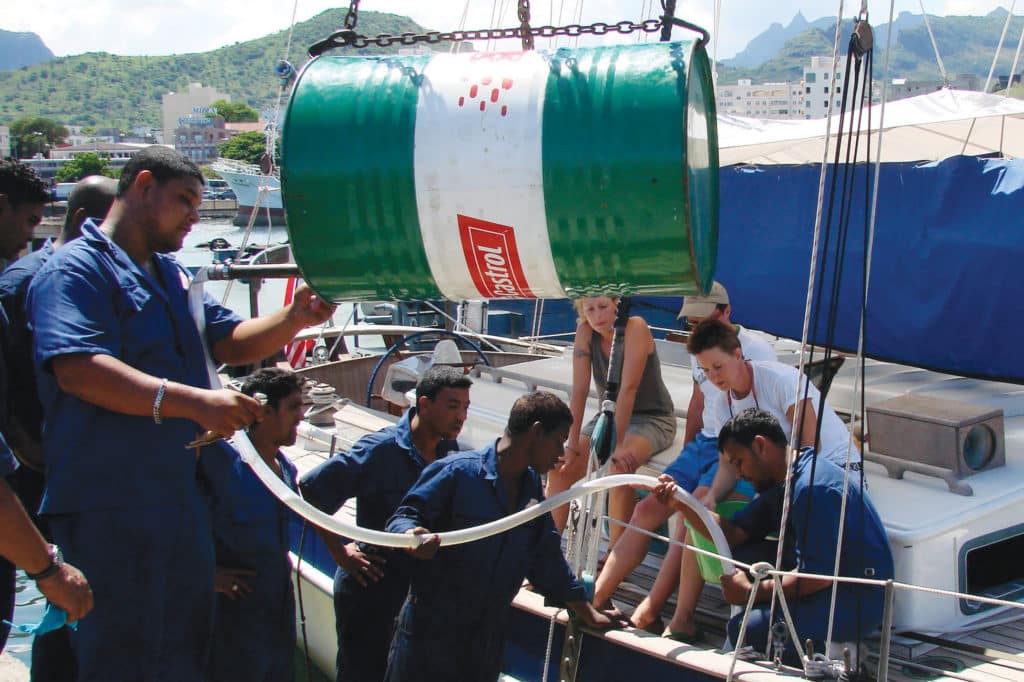
3. GPS and chart plotters can wreck your day. Many navigators relax because GPS is accurate to 30 feet, and every chart in the world can be called up on your plotter. What could go wrong? Lots. Like new sandbars, inaccurate charts, uncharted meteorological buoys, mis-entered waypoints, and new wind farms or oil rigs. A top professional race crew put their multimillion-dollar race boat high and dry on a reef in the Indian Ocean during a round-the-world race because the navigator didn’t use the right scale on his plotter. A good navigator should always be somewhat paranoid.
4. It’s OK to be “the captain.” I started off on the trip after 20 years of teaching Outward Bound. Many of the early discussions were classic “What do you think?” group-interaction efforts. (They were not always the most fruitful.) Later in the voyage, I was much more ready to comfortably give orders. A boat works better with clear lines of command and responsibility.
5. Different countries work differently. Don’t sit and fret that getting a load of diesel, for instance, is not as easy as in the United States. Or if the bureaucracy when clearing into or out of a country is maddening. Try to relax and enjoy the cultural experience.
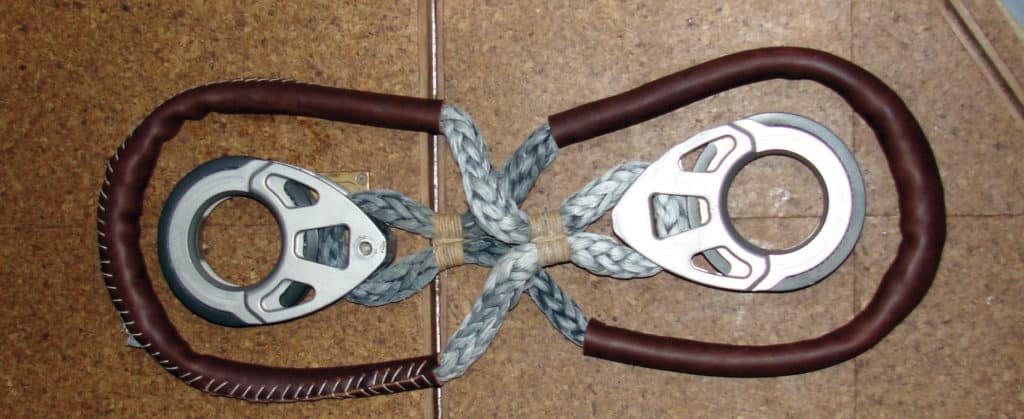
6. Speaking of bureaucracy, the two hardest things about cruising the globe are clearing customs and getting your propane tank filled up. Regarding the former, customs clearance is helped somewhat by fancy crew lists and “Official Ship’s Stamps,” especially if you have a bright red stamp pad, or could seal your signature with engraved, raised lettering like a notary. But propane is amazingly unstandardized: metric, SAE, left-handed, right-handed, male, female, integral or external step-down valves, rules against filling bottles not properly marked, etc. We ended up with five different types of bottles on board and a huge mayonnaise jar full of every sort of connector.
7. Don’t have anything on board just because “that’s how they did it in the old days,” or because “it’s the latest and greatest!” Every piece of equipment has to “buy” its way on board and be the best thing for the job. Our new mainsail strops, for attaching the mainsheet to the boom, were one example on Maggie B.: very high-tech fibers and the best blocks but protected with classic leather done in baseball-stitching style.
8. Modern materials such as carbon fiber and Spectra lines are better and safer than what we had 10 or 20 years ago. So use them! Wooden masts and hemp sails are great for boat shows, just don’t go offshore with them. The same idea goes with other gear too: Our new Manson Supreme anchor was simply a lot better than our big, cast Fisherman’s anchor that was replaced by it.
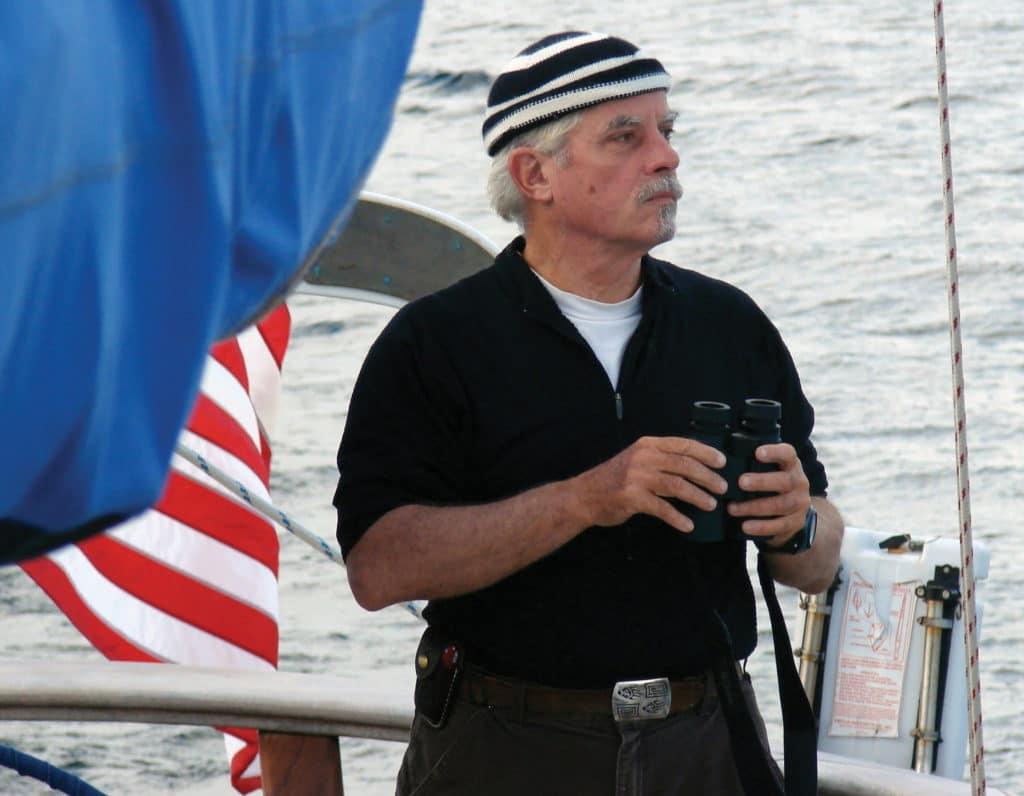
9. You want to choose what is going to break. What does that mean? Everything today is strong, but something is still going to break; you should choose where so that it will be a little deal, not a big deal. Say your boom can take 6,000 pounds a third the way out from the mast. Where would you put the preventer that helps keep the boom in place? Make the attachment point to the preventer a line with a breaking strength of less than 5,000 pounds. In other words, it’s better to break the line than the boom.
10. Meteorology is pretty good these days. Excellent, in fact. You can get good advice anytime, anywhere. If you are paying attention, it is much, much harder to get into weather trouble than it used to be.
11. In my opinion, a full-keel schooner is a much safer boat offshore than a sloop, yawl or ketch. You want flexibility and balance. You want directional stability. You want to be able to pile on lots of sail in light air, and reef down safely when it blows hard. If it becomes a big blow, you want to bring your main down to the third or fourth reef, furl up the foresail, and drive off with half a jib. That is easy to do in a schooner, very tough in a sloop. But the real killer is broaching, losing directional control in big seas and big wind. On my schooner, you can reef down the main, bring the center of pressure forward, and use its long keel for directional stability. Modern sloops with skinny keels and little rudders might be faster racing around buoys but can be uncontrollable in big water.
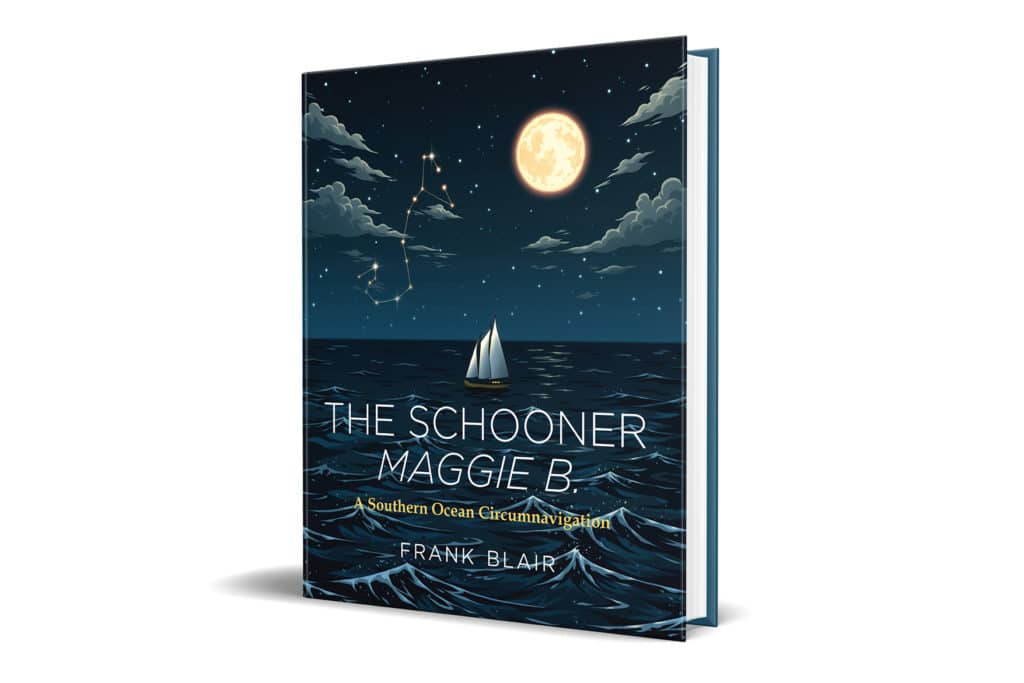
12. A boat built by sailors will be safer in hard use than a boat built simply by good boatbuilders.
13. Simpler is better. Lots of gear can look great in a catalog or a store, but rope, knives and pulleys will win the day most times over some fancy, specialized piece of gear.
Frank Blair served five years in the Navy, flying single-seat fighters off aircraft carriers, including low-level reconnaissance missions over North Vietnam, for which he was awarded five air medals. A US Coast Guard Master, a registered Maine guide, and an instructor in the Outward Bound sea program for 20 years, he’s now based in Maine. Editor’s note: The content from this book excerpt was edited for style and clarity.








